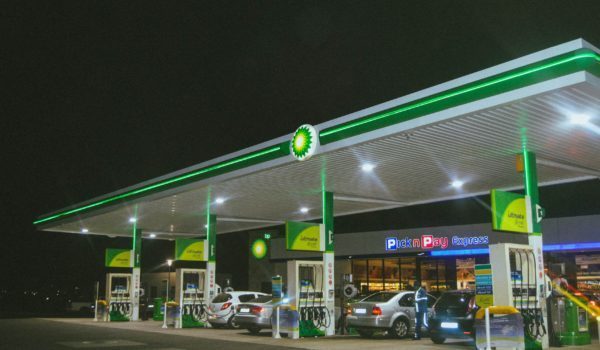‘E’ Numbers!
September 14, 2021
Some 30 years ago we all had concerns about ‘E’ numbers in our food. Hyperactivity in children was blamed on them, as were many other things!
As usual, manufactures found a way around this and wrote ‘monosodium glutamate’ instead of E621…
Today we are faced with a new dilemma, E5 and E10 petrol, and how much ethanol we are feeding to our cherished cars.
There is much talk of damaging engines with ethanol, but the truth is, it only affects the rubber and plastic parts of the fuel system adversely. Almost all cars manufactured after 2011 will be compatible with E10 anyway.
Cars made in the 1920’s and 30’s had all parts made from metal of some kind and will cope very well.
The ones we need to talk about are the 1960’s to 2011. These cars have plastic floats in the carbs and fuel tank for the gauge floats etc. Also, rubber type fuel pipes.
It is said that ethanol will ‘shorten’ the life of these materials. This means being vigilant about the condition of such parts. ‘Or’, using E5 petrol when available! The FBHVC , and our very own Keith Gibbins, have done very good works to ensure the supply of E5 remains available to all for the future.
This level of ethanol does not appear to harm any components faster than ‘normal’ degradation. However, it will only be available in the higher octane fuel. This in itself will be an advantage to your driving experience!
Most modern ‘shopping cars’ will not notice the difference. Drive a Morgan, old or new, on high octane fuel and feel the difference!
Old high compression engines need it. Modern engines have electronic wizardry which will detect it and give you an enhanced experience.
My simple advice is to use the high octane E5 petrol when E10 becomes the norm later this year.
If you have any doubts do feel free to call me to discuss your own individual concerns.
Keith.
